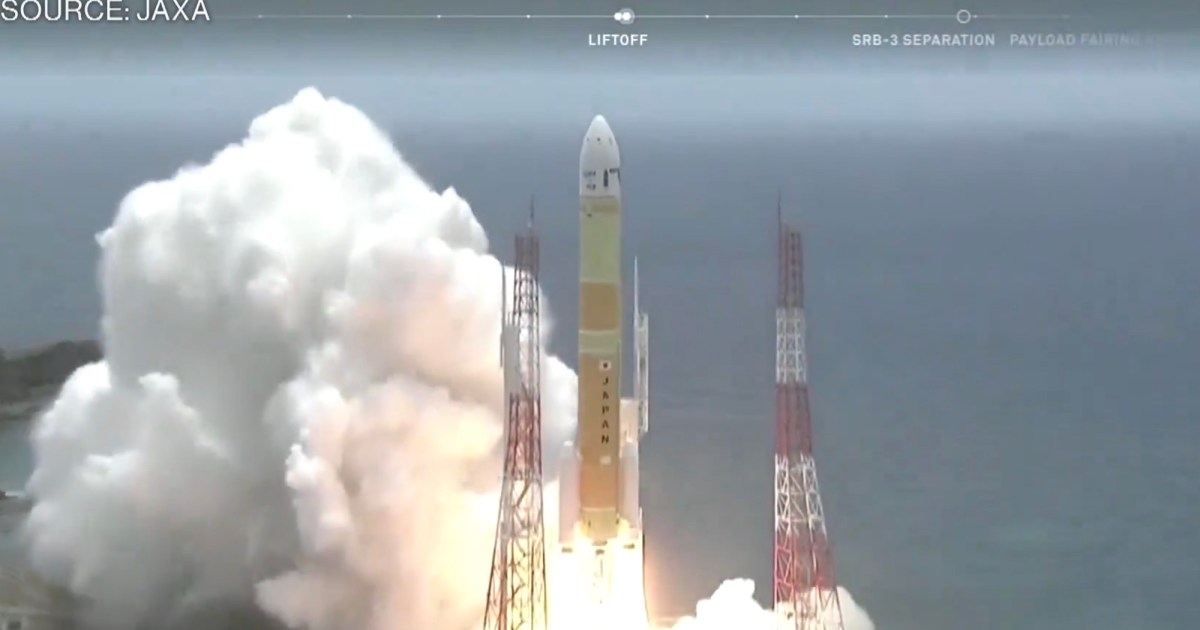
Japan’s fledgling H3 rocket achieved a successful launch on Monday local time, deploying the Advanced Land Observing Satellite-4 (ALOS-4) to a sun-synchronous orbit.
Japan’s space agency, known as JAXA, launched the two-stage hydrogen rocket from the Tanegashima Space Center, located about 620 miles (1,000 kilometers) southwest of Tokyo.
A video (below) showed the two-stage rocket roaring to space:
The second launch of Japan’s flagship H3 rocket went smoothly as it carried a satellite toward low-Earth orbit https://t.co/8nlwa35GQp pic.twitter.com/eqiBE2w8k2
— Bloomberg TV (@BloombergTV) July 1, 2024
It was only the third flight of the 187-foot-tall (57 meters) orbital launch vehicle, and came five months after its last and only other successful flight in February 2024. The H3’s first attempted launch in March last year ended after an anomaly in the early part of the flight forced mission personnel to send a self-destruct command to the rocket to abruptly end the mission.
Monday’s successful launch is an important step forward for Japan’s space agency — known as JAXA — as it works to make the H3 a commercial launch vehicle that’s able to compete effectively in the global launch market alongside the likes of SpaceX.
The H3 is manufactured by Mitsubishi Heavy Industries and has taken around 10 years to develop at a cost of 220 billion yen ($1.3 billion), according to Nikkei Asia. It follows in the footsteps of the H2A, which first flew in 2001 and experienced only a single failure in its 48 launches. The H3 generates 1.6 million pounds of thrust at launch, making it almost as powerful as SpaceX’s workhorse Falcon 9 rocket.
JAXA said it is aiming to launch the H3 “six times or so annually for 20 years,” deploying satellites for not only the government but also commercial entities. At the current time it has 26 upcoming missions listed, though dates for those launches have yet to be determined.
The 3-ton ALOS-4 satellite deployed by the H3 rocket on Monday will replace the aging ALOS-2, which has been in orbit since 2014.
Services Marketplace – Listings, Bookings & Reviews
